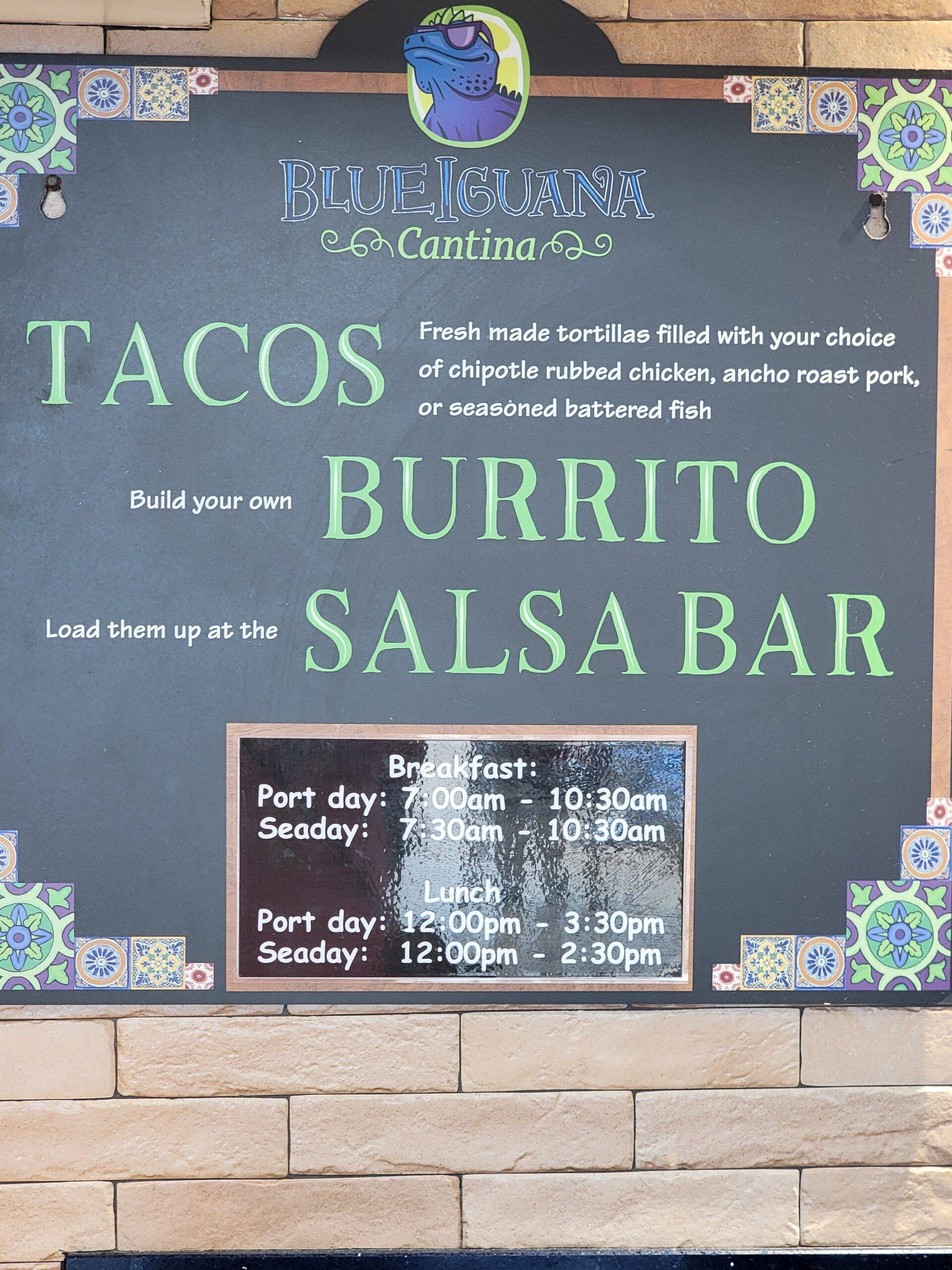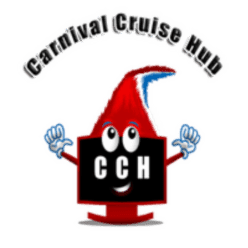SHINING THE SPOTLIGHT

Exploring the Legacy of Carnival Cruise Lines: A Journey Through History, Ships, and Trivia
Carnival Cruise Lines: Setting Sail Through History
Cruise enthusiasts and travelers worldwide have come to recognize the iconic whale-tail funnel and vibrant red, white, and blue color scheme of Carnival Cruise Lines. Established on March 11, 1972, by founder Ted Arison, this Florida-based cruise line has not only revolutionized the industry but also become a symbol of adventure, luxury, and unforgettable voyages. With headquarters in Doral, Florida, and a history spanning over five decades, Carnival Cruise Lines is not just a company; it’s a maritime legend.
Carnival Cruise Lines: A Subsidiary of Carnival Corporation & plc
As we delve into the world of Carnival Cruise Lines, it’s essential to understand its place in the broader cruise industry. Carnival Cruise Lines is a wholly-owned subsidiary of Carnival Corporation & plc, the world’s largest cruise ship operator. This conglomerate has shaped the global cruise industry, and Carnival Cruise Lines stands as its flagship, carrying the spirit of adventure and exploration to all corners of the world.
The Fleet of Carnival Cruise Lines
One of the most striking aspects of Carnival Cruise Lines is its fleet of ships, each a unique marvel in its own right. As of May 2023, the cruise line operates a diverse fleet of 25 ships, each with its own character and charm. These vessels transport passengers to breathtaking destinations, offering a myriad of experiences both on board and ashore. Additionally, Carnival has one new build on order and another ship joining the fleet in 2024 as part of an exciting joint venture with Costa.
A Look into the Carnival Cruise Line History
Cruising into the 1970s
Carnival Cruise Line embarked on its journey in 1972 with the Mardi Gras, a former transatlantic liner that was repurposed to offer a unique cruising experience. This ship’s transformation marked the beginning of Carnival’s commitment to providing unforgettable vacations at sea. Carnival adapted the green Canadian Pacific livery of the Mardi Gras, infusing it with the red, white, and blue colors that have since become synonymous with the brand.
In 1975, Carnival acquired another former Canadian Pacific Line ship, renaming it the Carnivale. The success of these two ships paved the way for the acquisition of the TSS Festivale in 1978, another former ocean liner. Carnival was on the rise, and it was time to expand its fleet to compete with other Miami-based cruise lines.
The Birth of Purpose-Built Ships in the 1980s
The 1980s marked a significant milestone in the cruise line’s history as Carnival introduced its first purpose-built ship, the Tropicale, in 1982. It was during this time that the iconic winged funnel, a design created by Joe Farcus, was introduced, a design element that has since graced all Carnival Cruise Line ships. The Tropicale became a symbol of the brand’s commitment to innovation and creating one-of-a-kind experiences for passengers.
In 1984, Carnival launched a television marketing campaign featuring Kathie Lee Gifford, a collaboration that continued for years. The Holiday, Jubilee, and Celebration followed in quick succession, solidifying Carnival’s position in the industry.
The Fantasy Class and Fleet Expansion in the 1990s
The 1990s ushered in the era of the Fantasy class, beginning with the Fantasy ship and culminating with the eighth ship in the class, the Paradise, in 1998. The Fantasy was a testament to innovation, boasting one of the largest atriums at sea at the time.
During this period, Carnival also parted ways with its older second-hand tonnage, selling ships like the Mardi Gras and Carnivale. In 1996, the Destiny class made its debut with the Carnival Destiny, a massive ship that became the largest passenger ship globally at the time, exceeding 100,000 tons.
In 1998, the Elation, part of the Fantasy class, became the first cruise ship to feature the innovative azipod propulsion system, a technology that has since become standard on many modern cruise ships. The Paradise, which also debuted in 1998, made history as the first completely non-smoking cruise ship.
Cruising into the 2000s
The new millennium brought further innovation to Carnival Cruise Lines. In 2001, the Spirit class, with the Carnival Spirit as its flagship, debuted as the largest-ever ships in the fleet. In the same year, Carnival acquired P&O Princess Cruises, a major strategic move that expanded the company’s global reach.
In 2004, Carnival initiated the Pinnacle Project, aiming to build a 200,000 GT prototype ship, which would have been the world’s largest cruise ship at the time. Although this project was canceled, the company continued to develop new vessels under the Next Generation project.
In 2009, Carnival unveiled its largest ship at the time, the Carnival Dream, followed by the Carnival Magic in 2011. The introduction of these ships marked a new era in cruising, offering passengers unparalleled experiences and amenities.
The 2010s and Beyond
As we entered the 2010s, Carnival continued to innovate. In 2012, the Carnival Vista, the largest ship ever built by the company, embarked on its maiden voyage. The following year, Carnival appointed Michael Thamm as CEO of Carnival Asia, overseeing operations in China and the surrounding region, demonstrating the brand’s commitment to global expansion.
The Carnival Horizon, a sister ship to the Vista, joined the fleet in 2018, with Queen Latifah serving as the ship’s godmother. Carnival Panorama also entered service in 2019, becoming the first new ship to homeport on the West Coast in over two decades.
Carnival’s commitment to expanding its global footprint continued with the announcement of a terminal development project in Ensenada, Mexico, in 2018. Plans were also underway for Carnival’s first terminal in Japan, demonstrating the company’s dedication to bringing unforgettable cruise experiences to new horizons.
Navigating the Challenges of the 2020s
The 2020s brought unprecedented challenges to the cruise industry, primarily due to the COVID-19 pandemic. Carnival Cruise Lines, like other cruise operators, faced the need to adapt and navigate through these difficult times.
Several ships from Carnival’s fleet, including the Carnival Fantasy, Carnival Imagination, Carnival Inspiration, and Carnival Fascination, were sold for scrapping in 2020 due to the effects of the pandemic. However, the company also made strategic moves to strengthen its fleet, including the transfer of the Costa Magica to the Carnival fleet, a move that brought fresh opportunities and a new livery.
The highly anticipated Mardi Gras entered service on July 31, 2021, offering year-round cruises from Port Canaveral. The company also announced the retirement of Carnival Sensation and Carnival Ecstasy in early 2022, demonstrating its ongoing commitment to fleet renewal and modernization.
Carnival Cruise Lines embraced the challenge of adapting to new circumstances by announcing the addition of Carnival Luminosa to the fleet, a ship that began cruises from Brisbane, Australia, in November 2022. Furthermore, the company unveiled its “Fun Italian Style” concept, bringing Costa Venezia and Costa Firenze into the Carnival brand, while retaining their unique Italian flair.
Trivia and Fun Facts About Carnival Cruise Lines
- Cruise Ship Naming Tradition: All Carnival Cruise Line ships’ names typically end with the suffix “-ation,” following the tradition set by the original trio of ships: Mardi Gras, Carnivale, and Festivale.
- Carnival Cruise Director: The position of Cruise Director is highly coveted in the cruise industry, and Carnival Cruise Lines’ Cruise Directors are known for their energy and charisma. John Heald, a longtime Carnival Cruise Director, became a popular figure, known for his witty and humorous updates via social media.
- Ship Class Names: Carnival’s ships are grouped into “classes” based on their design and features, with names like Fantasy class, Spirit class, and Dream class. These class names often reflect the era or theme of the ships.
- First Roller Coaster at Sea: In a groundbreaking move, Carnival Cruise Line introduced the first roller coaster at sea on the Carnival Mardi Gras. Known as the BOLT, this coaster allows passengers to enjoy thrilling rides with ocean views.
- Fleet Artwork: Carnival’s ships often feature eye-catching and distinctive hull art. The artwork on each ship is unique, and it adds character to the vessel. Renowned artists like Romero Britto and Eduardo Arranz-Bravo have contributed to these designs.
- Towel Animals: One of the beloved traditions on Carnival ships is the creation of towel animals by cabin stewards. These whimsical creatures made from folded towels add a touch of magic to the passenger experience.
Cruising into the Future
Carnival Cruise Lines, with its rich history and commitment to providing unforgettable vacations, continues to evolve and adapt to the ever-changing landscape of the cruise industry. From its early days of repurposed ocean liners to the era of purpose-built mega-ships, Carnival has set the bar for innovation and guest satisfaction. As the cruise line navigates the challenges of the 2020s and beyond, one thing remains constant: the spirit of adventure and excitement that Carnival Cruise Lines brings to every voyage, making it a cherished part of the cruising world’s legacy.
Sources: www.carnival.com and www.wikipedia.com








